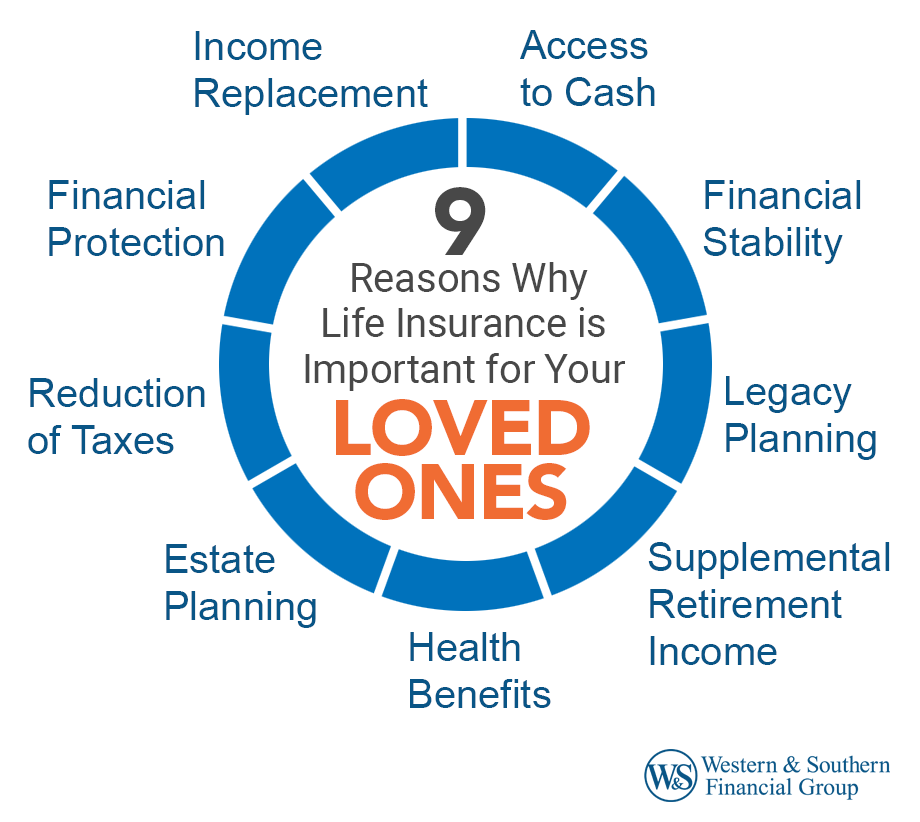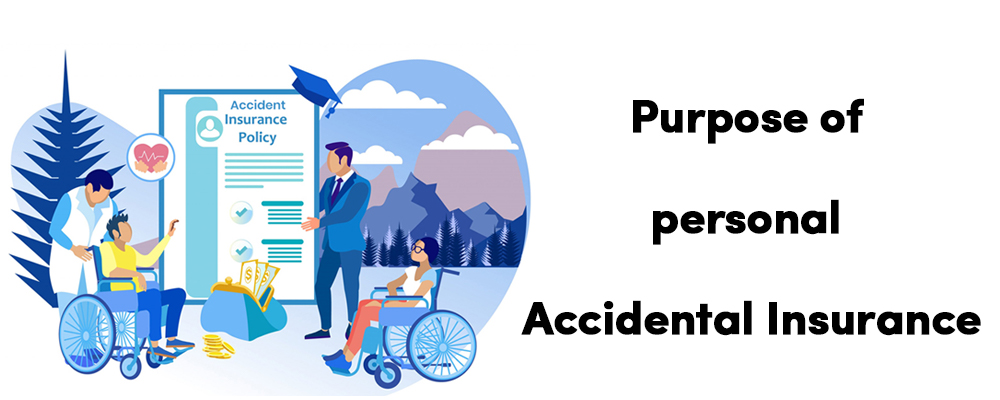Our Pacific Prime PDFs
Wiki Article
Fascination About Pacific Prime
Table of ContentsThe Only Guide for Pacific PrimeThe Of Pacific PrimeHow Pacific Prime can Save You Time, Stress, and Money.The Main Principles Of Pacific Prime The Of Pacific Prime

This is since the data were gathered for a period of strong economic efficiency. Of the approximated 42 million people who were uninsured, all yet about 420,000 (regarding 1 percent) were under 65 years old, the age at which most Americans become eligible for Medicare; 32 million were adults in between ages 18 and 65, around 19 percent of all grownups in this age; and 10 million were children under 18 years of age, concerning 13.9 percent of all youngsters (Mills, 2000).
These estimates of the number of persons uninsured are produced from the yearly March Supplement to the Current Population Survey (CPS), performed by the Demographics Bureau. Unless or else noted, national quotes of people without medical insurance and proportions of the population with different kinds of coverage are based on the CPS, the most widely used resource of estimates of insurance coverage and uninsurance prices.
Pacific Prime - The Facts

Still, the CPS is specifically beneficial since it produces yearly price quotes reasonably promptly, reporting the previous year's insurance coverage approximates each September, and since it is the basis for a constant collection of quotes for more than twenty years, permitting analysis of fads in protection with time. For these reasons, as well as the considerable use the CPS in other studies of insurance policy coverage that are offered in this report, we rely upon CPS quotes, with constraints noted.

The estimate of the variety of uninsured individuals expands when a population's insurance standing is tracked for several years. Over a three-year period starting early in 1993, 72 million individuals, 29 percent of the united state population, lacked protection for at the very least one month. Within a solitary year (1994 ), 53 million people experienced a minimum of a month without protection (Bennefield, 1998a)
6 out of every ten without insurance adults are themselves used. Although functioning does improve the probability that one and one's household members will certainly have insurance policy, it is not a warranty. Also participants of households with he has a good point two full time breadwinner have practically a one-in-ten opportunity of being uninsured (9.1 percent without insurance rate) (Hoffman and Pohl, 2000).
About Pacific Prime
New immigrants make up a substantial proportion of individuals without wellness insurance. One analysis has associated a substantial section of the current development in the size of the U.S. uninsured population to immigrants who got here in the country between 1994 and 1998 (Camarota and Edwards, 2000). Recent immigrants (those who came to the United States within the past four years) do have a high rate of being uninsured (46 percent), however they and their youngsters make up simply 6 percent of those without insurance policy across the country (Holahan et al., 2001).The partnership between health insurance coverage and access to care is well established, as documented later in this chapter. The relationship in between wellness insurance coverage and health end results is neither straight neither straightforward, a considerable scientific and health and wellness services study literature web links health and wellness insurance protection to enhanced accessibility to care, much better high quality, and enhanced individual and population wellness status.
Levels of evaluation for examining the impacts of uninsurance. It concentrates particularly on those without any type of health and wellness insurance policy for any length of time.
The smart Trick of Pacific Prime That Nobody is Discussing
The issues faced by the underinsured are in some areas similar to those faced by the without insurance, although they are generally less severe. Wellness insurance policy, nonetheless, is neither needed nor adequate to obtain access to clinical solutions. The independent and direct result of health and wellness insurance policy protection on access to wellness services is well developed.
Others will acquire the healthcare they need also without health insurance policy, by paying for it expense or seeking it from carriers who supply care cost-free or at highly subsidized prices. For still others, medical insurance alone does not make sure invoice of care due to other nonfinancial obstacles, such as an absence of health treatment suppliers in their neighborhood, minimal access to transportation, illiteracy, or etymological and social distinctions.
Getting My Pacific Prime To Work
Official research concerning without insurance populaces in the USA dates to the late 1920s and very early 1930s when the Board on the Price of Treatment produced a series of reports about funding physician office check outs and hospitalizations. This problem ended up being salient as the numbers of medically indigent climbed throughout the Great Clinical depression.Report this wiki page